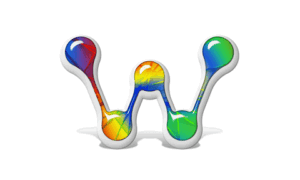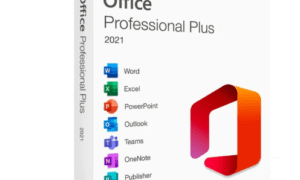Google is attempting to lower the cost of cloud computing by utilising a specially designed Arm-based server chip. The company announced Tuesday at its Cloud Next conference in Las Vegas that the new CPU will ship later in 2024.
TakeAway Points:
- Google, following competitors Alibaba, Amazon, and Microsoft, is attempting to lower the cost of cloud computing by utilising a specially designed Arm-based server chip.
- The business revealed the new CPU will launch later in 2024 during its Cloud Next conference on Tuesday in Las Vegas.
- When the chips are available, the company intends to use them for YouTube ad workloads; companies like Snap are intrigued.
Google’s Custom Arm-based Chips
Google is catching up to competitors like Amazon and Microsoft, who have been using a similar tactic for years, with the new Arm-based technology. In the rapidly expanding cloud infrastructure industry, where businesses rent out resources in distant data centres and pay according to utilisation, the digital titans are engaged in intense competition.
Google parent Alphabet still derives three-quarters of revenue from advertising, but the cloud is growing faster and now represents almost 11% of company revenue. The segment, which contains corporate productivity applications, is also profitable. Google held 7.5% of the cloud infrastructure market in 2022, while Amazon and Microsoft together controlled around 62%, according to Gartner estimates.
Market leader Amazon Web Services introduced its Graviton Arm chip in 2018. “Almost all their services are already ported and optimised for the Arm ecosystem,” Chirag Dekate, an analyst at technology industry researcher Gartner, told CNBC in an interview. Graviton has picked up business from Datadog, Elastic, Snowflake and Sprinklr, among others.
Alibaba announced Arm processors in 2021, and Microsoft did the same in November.
Arm isn’t completely new to Google, which started selling access to virtual machines, or VMs, that use Oracle-backed startup Ampere’s Arm-based chips in 2022.
For enterprises looking to cut back on cloud computing expenses due to financial concerns, porting apps to Arm processors has made sense. Amazon claimed that Graviton may provide up to 40% better price performance than comparable server instances, such as the standard “x86” type used by AMD and Intel CPUs, when Arm Holdings filed to go public last year.
Arm-based Chip Usecases
Google has used Arm-based server computers for internal purposes to run YouTube advertising, the BigTable and Spanner databases, and the BigQuery data analytics tool. The company will gradually move them over to the cloud-based Arm instances, which are named Axion, when they become available, a spokesperson said.
Datadog and Elastic plan to adopt Axion, along with OpenX and Snap, the spokesperson said.
Broader use of chips drawing on Arm’s architecture might lead to lower carbon emissions for certain workloads. Virtual slices of physical servers containing the Axion chips deliver 60% more energy efficiency than comparable VMs based on the x86 model, Google cloud chief Thomas Kurian wrote in a blog post. Arm chips, which are popular in smartphones, offer a shorter set of instructions than x86 chips, which are commonly found in PCs.The chips can also speed up applications.
Axion offers 30% better performance than the fastest general-purpose Arm-based virtual machines in the cloud and 50% better performance than comparable VMs based on x86, Google said.
“I think it completes their portfolio,” Dekate said.



































